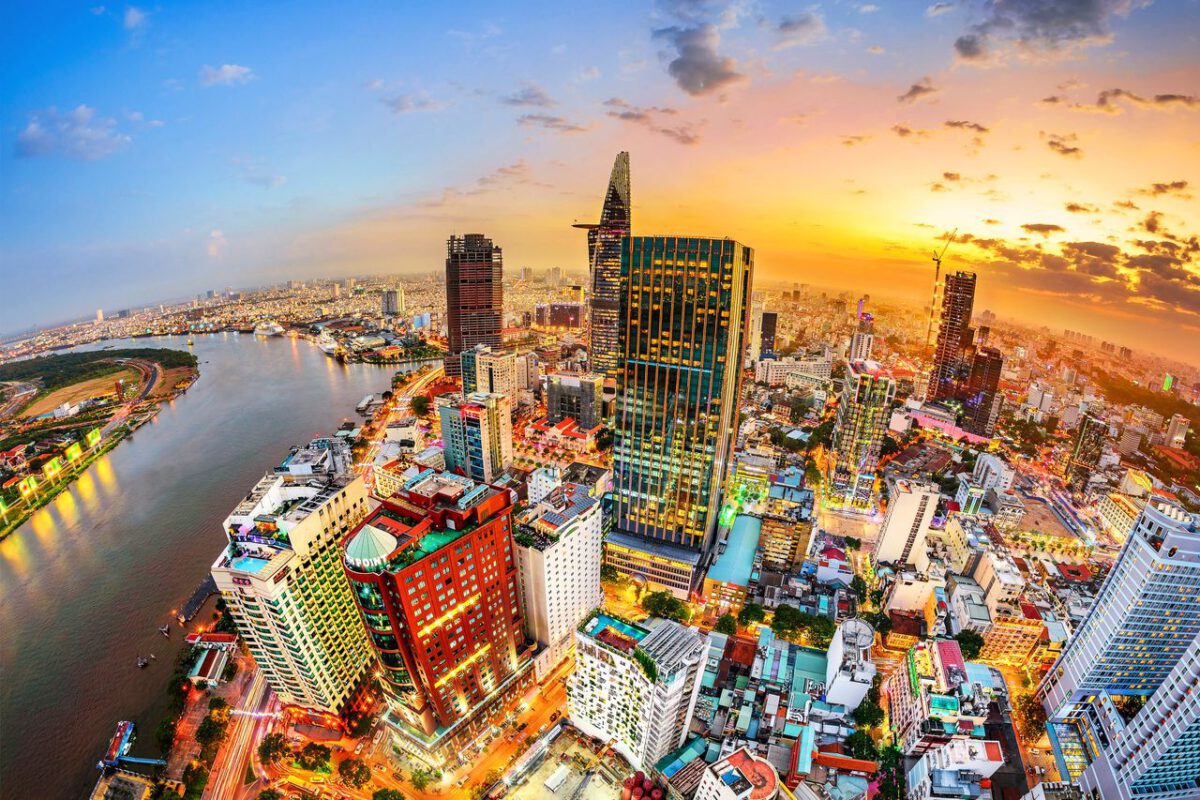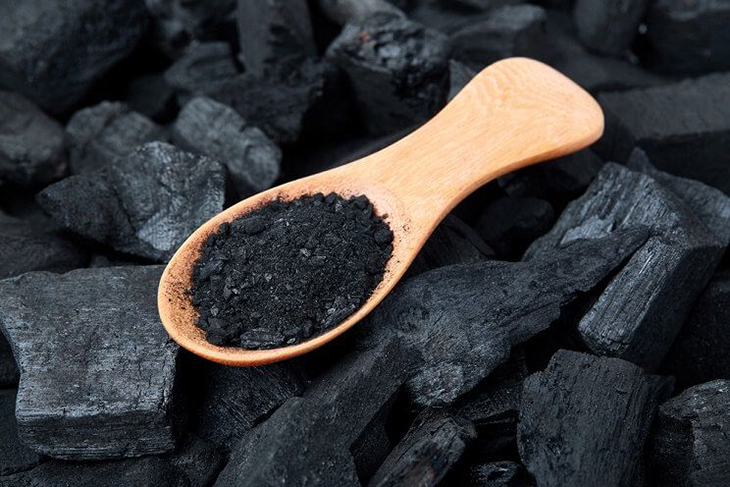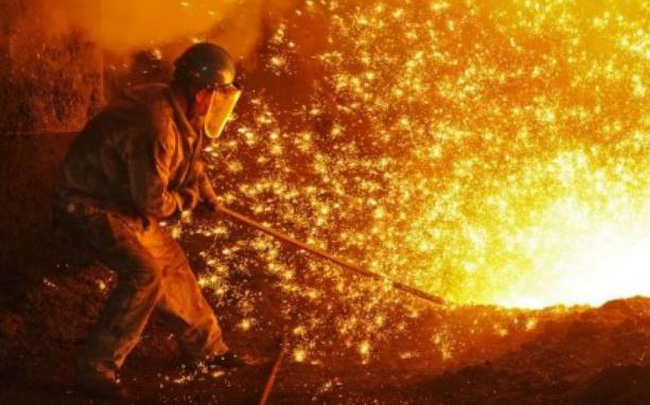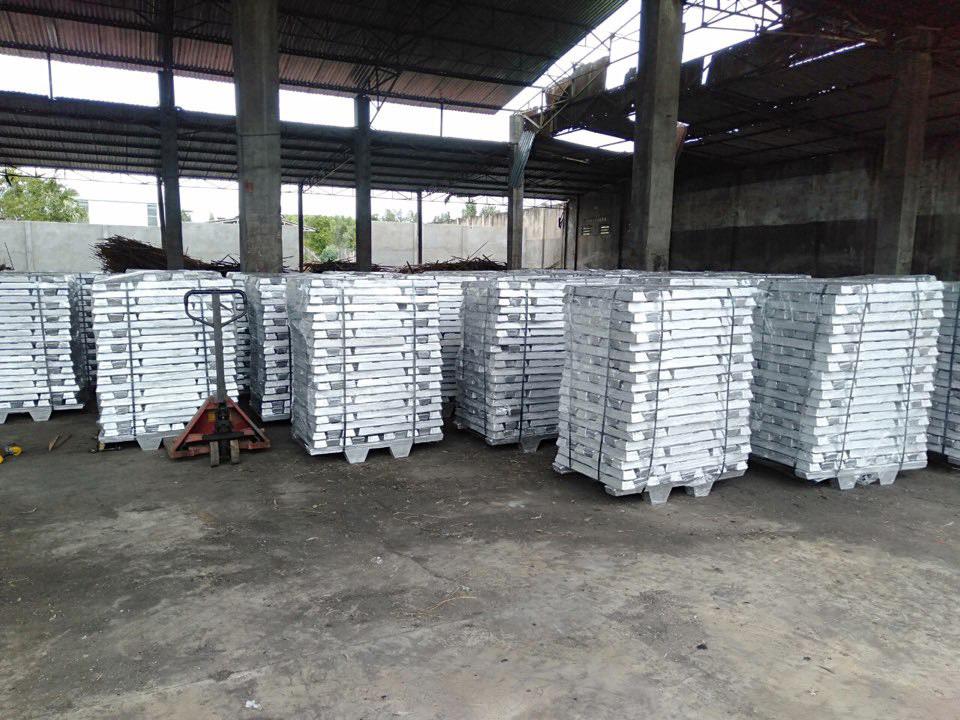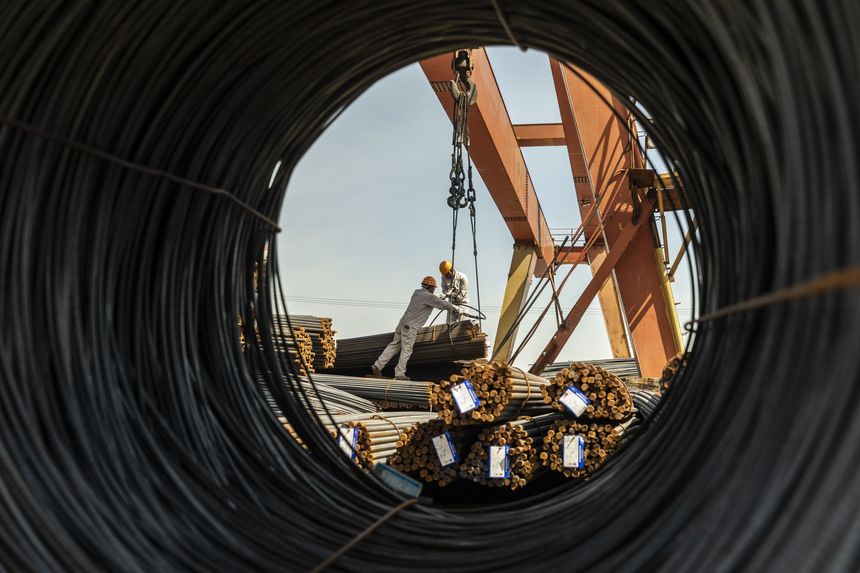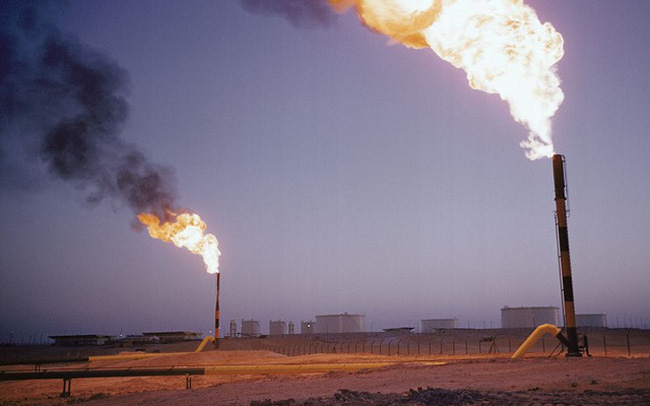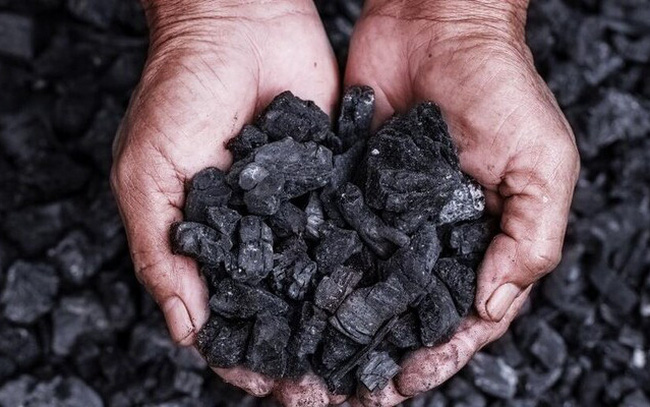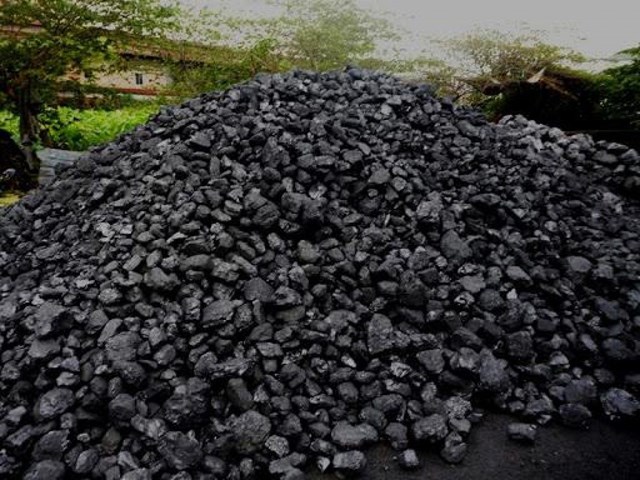Global rice prices, which have increased rapidly since the end of July, have slowed down for a short while, and are at risk of continuing to increase.
The “storm” in the world rice market started in India. On July 20, 2023, the country suddenly announced to stop exporting non-basmati rice (ordinary rice), the type of rice that the country normally exports about 10 million tons each year (accounting for nearly half of total rice exports). of India and accounts for about 17% of total world rice exports). Until July 28, 2023, India will continue to stop exporting Deoiled Rice Bran Extraction (DORB) until November 30, 2023, to ensure stable domestic animal feed prices. On August 25, India continued to announce the application of a 20% tax on parboiled rice exports until October 16, 2023. However, for this type of rice, India said it will take relief measures for specific cases. Parboiled rice shipments that are at a customs port without an “export order” (LEO) approval and supported by a valid “letter of credit” (LC) but issued before August 25, 2023 will be processed. this export duty free. As such, India has now imposed restrictions on all non-basmati rice varieties. The matter did not stop there. Also on August 25, India said it may set a floor for export basmati rice at $1,200/ton to ensure that non-basmati rice is not exported as basmati rice. The country exports about 4-5 million tons of basmati rice every year. The trend of restricting rice exports began to spread when the Myanmar Rice Federation announced on August 25 that the country plans to temporarily restrict rice exports for about 45 days from the end of August 2023, in the context of high prices. domestic rice is increasing. Currently, Myanmar is the world’s fifth largest rice exporter, with an export volume of more than 2 million tons per year, according to data from the US Department of Agriculture. Previously, Russia also extended the ban on rice exports from July 1, 2023 to December 31, 2023 to maintain stability in the domestic market. Russia mainly grows Japonica rice. Russia’s rice production in 2022 will reach 846,000 tons, down 21% from the previous year. The United Arab Emirates on July 28 also announced a four-month ban on exporting and re-exporting rice, covering free zones in the UAE and applying to all types of rice, including brown rice. , fully or partially milled rice and broken rice. Many countries simultaneously restricted rice exports at a time when rice supplies in many other countries were limited, including Thailand and Vietnam.
Rice prices soar globally
The price of rice for export in Asia has increased sharply since July 20. In India, the price of rice has increased by about 7%, with 5% broken parboiled rice the price at the end of July 2023 was 421-428 USD/ton, rising to a record of 460-467 USD/ton at the end of August 2023. Meanwhile, the price of Thai 5% broken rice increased by 20%, from 545 USD/ton to 650-655 USD/ton, the highest level in 15 years; Vietnamese rice increased even more strongly, increasing by about 26% from 515-525 USD/ton to 650-660 USD/ton, the most expensive in the top 3 largest rice exporting countries in the world. Rice prices in Cambodia increased about 30-40% during that time, while in the Philippines increased by about a fifth, from $14 per 25kg bag to $18. Even before India’s restrictions, many countries were buying rice in bulk as a precaution against future shortages in the event of an El Niño, creating supply shortages and skyrocketing prices. The impact of rising rice prices will be felt around the world. Rice consumption in Africa has been growing steadily and most countries are dependent on imports. While countries with growing populations like Senegal are trying to grow their own rice, many other countries are still struggling to secure food supplies. The price of imported rice in Senegal – 70% coming from India – has become extremely expensive. Senegal has said it will turn to other trading partners such as Thailand or Cambodia for imports, although the West African country is “not far from self-sufficiency” for rice, with more than half of its demand produced. locally produced. The United Nations Food and Agriculture Organization’s rice price index rose to its highest level in nearly 12 years in July, as prices in major exporting countries spiked on strong demand after India imposed restrictions. export processing. The El Niño threat The El Niño weather phenomenon is a natural, temporary and irregular warming of part of the Pacific Ocean that is changing global weather patterns, and climate change is making the phenomenon stronger. Scientists fear weather phenomena like El Niño will expand to super-large scale. In the past, these phenomena often resulted in extreme weather ranging from droughts to floods. Asian countries, which grow and consume 90% of the world’s rice, are struggling with rice production. India’s rice restrictions are driven by erratic weather, said Indian food policy expert Devinder Sharma: The irregular monsoons coupled with the looming El Niño mean a partial ban is needed. needed to prevent food prices from rising. This year, the restrictions will affect almost half of the country’s normal rice exports, said Ashok Gulati of the Indian Council on International Economic Relations. The repeated restrictions make India an unreliable exporter, he added. Thailand, the world’s second largest rice exporter, has asked its farmers to reduce the number of rice plantings to one crop a year to save water, in the context that the cumulative rainfall this year is 40% less than that of the previous year. normal, making the risk of water shortage increased, even the risk of drought may occur next year due to El Niño. Thailand’s encouragement to reduce the number of rice crops has made the market predict that this country’s rice exports in 2023 will decrease by about 12% compared to the previous year. The Philippines is managing water carefully in anticipation of less rain amid El Niño as Typhoon “Egay” (international name: Doksuri) ravages the northern rice-producing region, causing 32 damage million dollars for rice—an estimated 22% of the countr risk of water shortage increased, even the risk of drought may occur next year due to El Niño. Thailand’s encouragement to reduce the number of rice crops has made the market predict that this country’s rice exports in 2023 will decrease by about 12% compared to the previous year. The Philippines is managing water carefully in anticipation of less rain amid El Niño as Typhoon “Egay” (international name: Doksuri) ravages the northern rice-producing region, causing 32 damage million dollars for rice—an estimated 22% of the country’s total annual production. The island nation is the second-largest rice importer after China and President Ferdinand R. Marcos Jr. emphasized the need to ensure adequate reserves. Given the current problems, world rice prices are likely to continue to rise for at least another month, before entering a new harvest – around October. T&G . International Joint Stock Company Address: 352 Hue Street, Le Dai Hanh Ward, Hai Ba Trung District, Hanoi Hotline: 02473010868 / 0904230444 Email: hrm@tginte y’s total annual production. The island nation is the second-largest rice importer after China and President Ferdinand R. Marcos Jr. emphasized the need to ensure adequate reserves. Given the current problems, world rice prices are likely to continue to rise for at least another month, before entering a new harvest – around October. T&G . International Joint Stock Company Address: 352 Hue Street, Le Dai Hanh Ward, Hai Ba Tru risk of water shortage increased, even the risk of drought may occur next year due to El Niño. Thailand’s encouragement to reduce the number of rice crops has made the market predict that this country’s rice exports in 2023 will decrease by about 12% compared to the previous year. The Philippines is managing water carefully in anticipation of less rain amid El Niño as Typhoon “Egay” (international name: Doksuri) ravages the northern rice-producing region, causing 32 damage million dollars for rice—an estimated 22% of the country’s total annual production. The island nation is the second-largest rice importer after China and President Ferdinand R. Marcos Jr. emphasized the need to ensure adequate reserves. Given the current problems, world rice prices are likely to continue to rise for at least another month, before entering a new harvest – around October.
T&G . International Joint Stock Company
Address: 352 Hue Street, Le Dai Hanh Ward, Hai Ba Trung District, Hanoi
Hotline: 02473010868 / 0904230444
Email: hrm@tginterjsc.com
Website: http://tgimportexport.com





